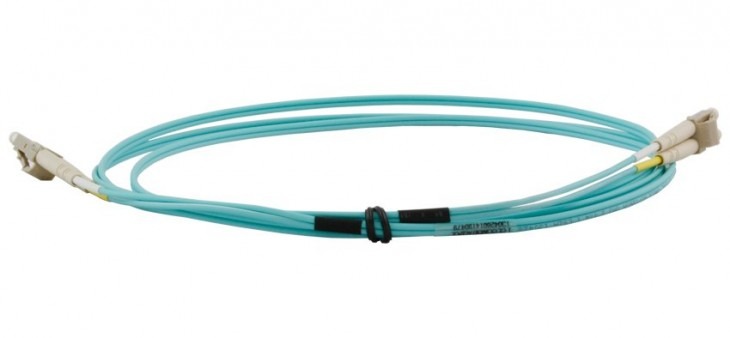
Ever wondered how you can binge-watch shows in crystal clear quality or download massive files in seconds? The answer lies in a thin, hair-like strand of glass – fibre optic cable.
Fibre optic cables are revolutionizing the way we communicate. Unlike traditional copper cables that transmit data using electricity, fiber optics use pulses of light. This switch in technology unlocks a whole new level of speed, bandwidth, and reliability.
Key Takeaways:
- Fibre optic cables transmit data using light pulses.
- They offer high-speed internet and reliable data transfer over long distances.
- Two main types exist: single-mode (long distances) and multi-mode (shorter distances).
- Both types can be duplex (transmitting data in two directions).
Q: What is a fibre optic cable?
A: A fibre optic cable is a thin strand of glass or plastic that transmits data using light pulses. These cables are vital for modern communication as they enable high-speed internet and reliable data transfer over long distances.
Multimode and Singlemode versions of fibre optic cables come sized for short and longer distance applications. These segments of fibre optic cable are terminated at each end with a connector to create the patch cord. Connectors on the fibre optic patch cord ends include LC, ST, SC and other types. Cable descriptions will list end-to-end connections, such as LC to ST or LC to LC. Singlemode fibre cable is commonly utilised over long distances, while multimode fibre optic cable is designed for shorter-length applications. Both support high-speed networks. A fibre optic patch cable (also called patch cord) will come in a variety of jacket colours and should be connected to a similar type of cable.
Types of Fibre Optic Cable
The pre-testing of fibre optic patch cable assemblies ensures that they meet performance standards. Multimode cables are classified as OM1, 2, 3, and 4. Multimode fibre cable specifications include core diameters of 62.5/125 micron for OM1 and 50/125 for the other classifications. This size is printed on the cable. Singlemode is classified as OS1 and 2 with a 9/125 micron core. A cable may be described as an OM3 50/125 fibre optic patch cable, or as a 9/25 singlemode patch cable in 3m length. The OM2 multimode fibre is commonly used in LANs. The 10 Gigabit-capable OM3 is now a preferred choice over OM1.

Duplex Fibre Patch Cable
A duplex fibre patch cable is comprised of dual cores. Both multimode and single-mode can be duplex cable versions with data transmissions via two directions. Simplex cables send data in a single direction. Fibre optic patch cables and pre-terminated fibre optic cable offer convenience. Additional information on fibre optic and UTP patch cable is found at Comms Express.
Purchase your Fibre Patch Leads / Fibre Optic Leads & Pigtails and receive free express delivery. We offer multi-buy discounts to save you more & make your budget go further.
We can provide our customers with high quality Fibre Optic Cabling Solutions. We have a vast selection of Fibre Optic Cables & Leads to help you increase your data transfer levels for your office or data centre. The Fibre Cables are lighter than standard copper cables and they are immune to electrical interference.
Our Fibre Optic Cables & Leads come in Multimode (OM1,OM2,OM3 & OM4), Singlemode (OS2), Pigtails and Mode Conditioning to cover all distances and potential delays.
Contact Comms Express with any queries regarding fibre optics.
Related Articles:
